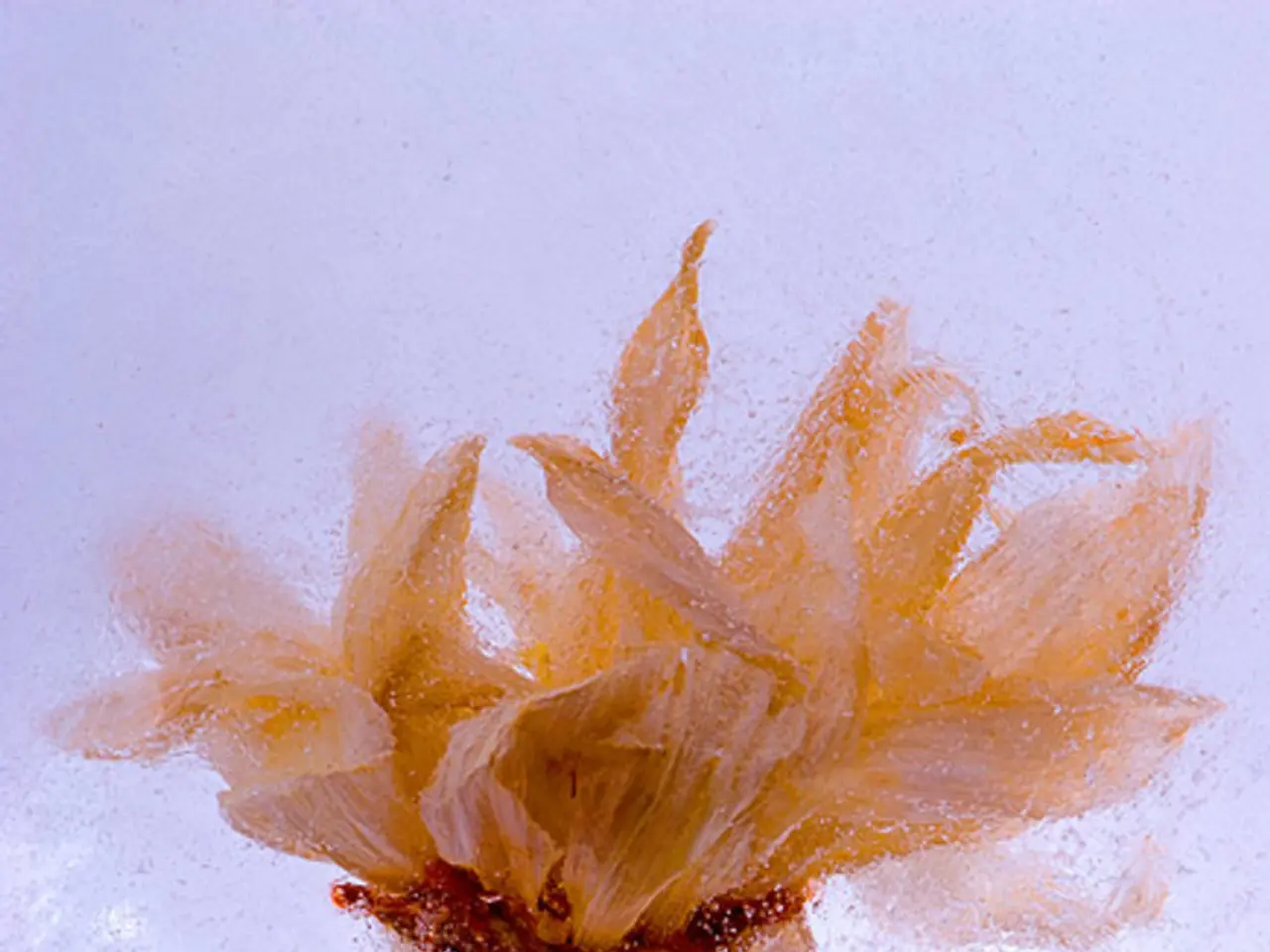Reviving an Overwatered Peace Lily: Tips and Techniques for a Fast Recovery
In the world of houseplants, few are as elegant and easy to care for as the Peace Lily. This popular plant, with its glossy, dark green leaves and striking white flowers, can thrive in the right conditions. Here's a guide to help you nurture a healthy Peace Lily.
Firstly, preventative measures are key. Water less frequently, ensuring the soil is dry to the touch before watering again. A pot with good drainage is essential, as is monitoring the plant's environmental factors such as light and temperature.
Repotting your Peace Lily with fresh soil is another crucial step. This prevents issues like stunted growth and ensures the plant has the right amount of nutrients to flourish. Using a potting mix with excellent drainage, including materials like perlite or activated charcoal, helps maintain Peace Lily health.
When it comes to repotting, let the cut roots dry out first to prevent further damage. Fresh soil ensures the roots have room to grow and the right amount of nutrients to thrive.
Peace lilies can be sensitive to overwatering, which can lead to a host of problems, including droopy leaves, yellowing, brown tips, and root rot. To avoid overwatering, aim for a watering schedule that allows the top inch of soil to dry out before watering. Using a water sensor can help with this, ensuring the soil is dry enough for the next drink.
Drainage solutions for overwatered Peace Lilies include checking the drainage hole, using soil that drains well, and elevating the pot with pebbles to prevent excess water from pooling. If your Peace Lily shows signs of overwatering, such as droopy leaves, yellowing, brown tips, or soggy leaves, it's time to take action. Stop watering immediately, remove the plant from the pot, and dry out its roots before replanting in fresh, dry soil.
Overwatering can lead to root rot, which requires trimming the icky parts and repotting with fresh soil. Using Neem oil can help control fungus gnats, a common pest in damp soil. After trimming infected Peace Lily roots, applying fungicides can help prevent returning root rot. Mixing hydrogen peroxide with water creates a solution for gently cleaning Peace Lily roots.
Glen, a gardening expert with over 15 years of experience in garden maintenance, design, and landscaping services, stresses the importance of proper Peace Lily care. "Understanding the needs of your Peace Lily and providing the right environment for it to thrive is key to a beautiful and healthy plant," he says.
In conclusion, with the right care and attention, your Peace Lily can be a stunning addition to your home. By following these tips, you'll be well on your way to cultivating a healthy and thriving Peace Lily.
Read also:
- Peptide YY (PYY): Exploring its Role in Appetite Suppression, Intestinal Health, and Cognitive Links
- Toddler Health: Rotavirus Signs, Origins, and Potential Complications
- Digestive issues and heart discomfort: Root causes and associated health conditions
- House Infernos: Deadly Hazards Surpassing the Flames








